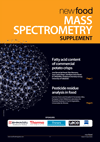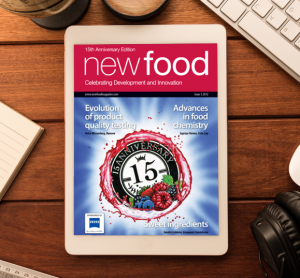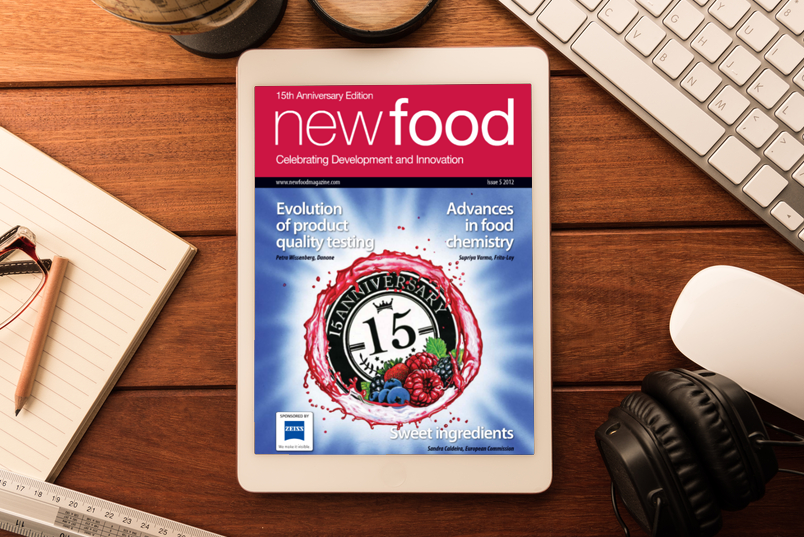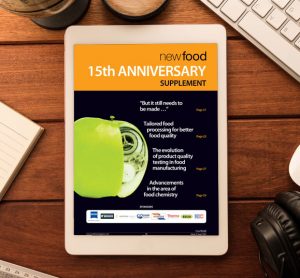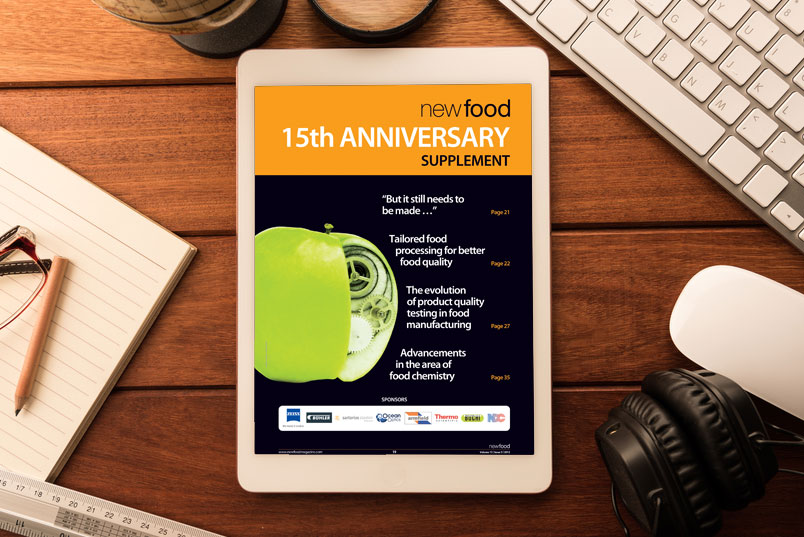The impact of natural ingredients on the manufacture of soft drinks
11 January 2013 | By Cheryl Walker, Analytical Development Technologist, Britvic Soft Drinks Ltd
The soft drinks industry used to be fairly straightforward – there was a core group of products that were traditionally made and they were generally coloured and flavoured with synthetic materials, contained a lot of sugar and were preserved with sodium benzoate and / or sulphur dioxide. They were bottled…





